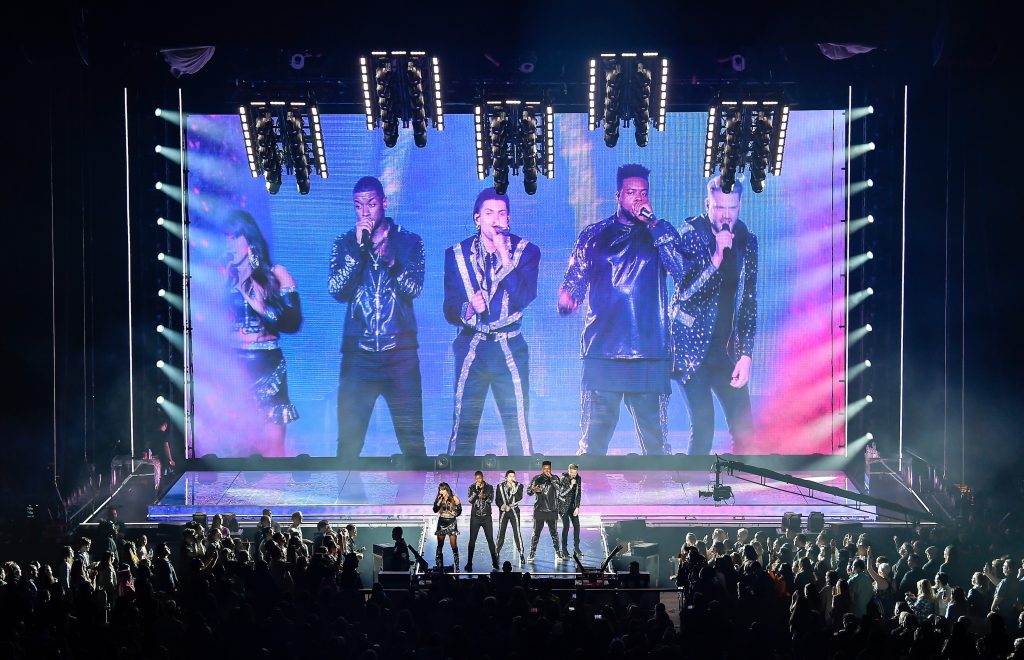The P3.91 LED rental display is a commonly used type of LED display on stage. How to choose LED stage rental display is what many customers want to know. Let’s take a look.
Generally speaking, LED stage rental displays that can meet the following 7 requirements are of good quality and can be purchased with confidence.
1. EMC optimized design
In the application, the LED rental display needs to run with a variety of electronic devices at the same time. In order to avoid electromagnetic interference with each other, it is necessary to carry out EMC optimization design for the rental screen.
For example: PCB adopts thorn-free wiring design, low-interference wiring method, multi-layer copper clad shielding, high and low frequency separation, sensitive signal multiple processing and other technologies; more optimized circuit design, such as multiple filtering, pure power technology, etc.; multiple Shielded EMC box structure design, etc., through the above design to solve electromagnetic interference.

2. Automatic correction
What is “Automatic Calibration”? It is to store the calibration data on the module, replace the module, receiving card, sending card without any debugging, no need to resend the data, it can be used after power on!
For traditional correction techniques such as “point-by-point correction”, it is necessary to replace the module and receive the card to re-send the correction data; it is necessary to number each module, create a folder to store the correction coefficient of the corresponding module, and store it in a U disk or a USB flash drive. In the mobile hard disk, the user needs to save the module correction coefficients separately, and record the module numbers, so that they correspond one by one;

after replacing the receiving card or module, the correction coefficient needs to be re-imported. If the coefficient is not imported after the module is replaced, the color will appear. Block patch; if the user loses the correction factor, the correction cannot be enabled.
Rental screens with “auto-correction” technology, users do not need to do any debugging after replacing modules or receiving cards, just replace them; the whole screen is the effect after correction, no color difference, color block, flower screen and other problems, just power on The whole screen is displayed normally.
3. Box status monitoring
The receiving card configured with the high-end rental screen can detect and monitor the communication status of the cabinet temperature, humidity, power supply, and fan signal lines, allowing the on-site staff to control the running status of the cabinet in real time.
4. Dual card, current sharing “N+1” power dual backup
Because the LED display screen is composed of a large number of boxes and a large number of electronic equipment, the inevitable failure rate of electronic equipment has always plagued LED display screen users. Therefore, when some electronic devices on the LED screen fail, it is particularly important that the display screen can still work normally.
Dual-card, dual-power backup function backup is a solution to ensure the reliability and stability of LED displays in high-demand environments.

Dual receiving backup mode, one box uses two receiving cards. The two receiving cards work at the same time and are in hot backup status for each other. When any signal fails, they can switch automatically and seamlessly, ensuring that the display screen works flawlessly.
In the parallel use of current-sharing power supplies, the “N+m” backup method can be used to output larger power. In a parallel system, each current sharing power supply can share less power according to its power share. When a single power supply encounters failure and damage, other current sharing power supplies can continue to provide power to the system to improve the reliability of the system.
5. Quiet operation
In some high-end occasions of rental screen applications, such as museums, concerts, press conferences, etc., the noise of the LED display is required, and it is necessary to use a low-noise fan or no fan and a low-noise power supply. Sometimes in order to achieve this effect, Higher requirements will be placed on the power supply part.
6. Intelligent brightness adjustment
In the performance, there is only one light source of the LED rental screen on the stage, and its display effect will inevitably be affected by stage lighting such as projection, spotlight, moving head light, etc. Therefore, it is necessary to install automatic adaptive photosensitive adjustment equipment for high-end rental screens, which will not affect the display screen due to ambient light.
7. Low reflectivity
Due to the existence of other light sources such as projections, spotlights, moving head lights, etc., the rental screen should also consider the issue of light emission. The LED display package device adopts a full black body package design.
The combined effect of black PPA material and epoxy resin makes the front of the lamp bead black as a whole, so as to better improve the contrast of the display screen; the colloidal surface of the device adopts a matte design. It avoids the light reflection caused by the mirror effect of the glue, thereby effectively reducing the interference of reflection, and making the screen display softer and brighter.